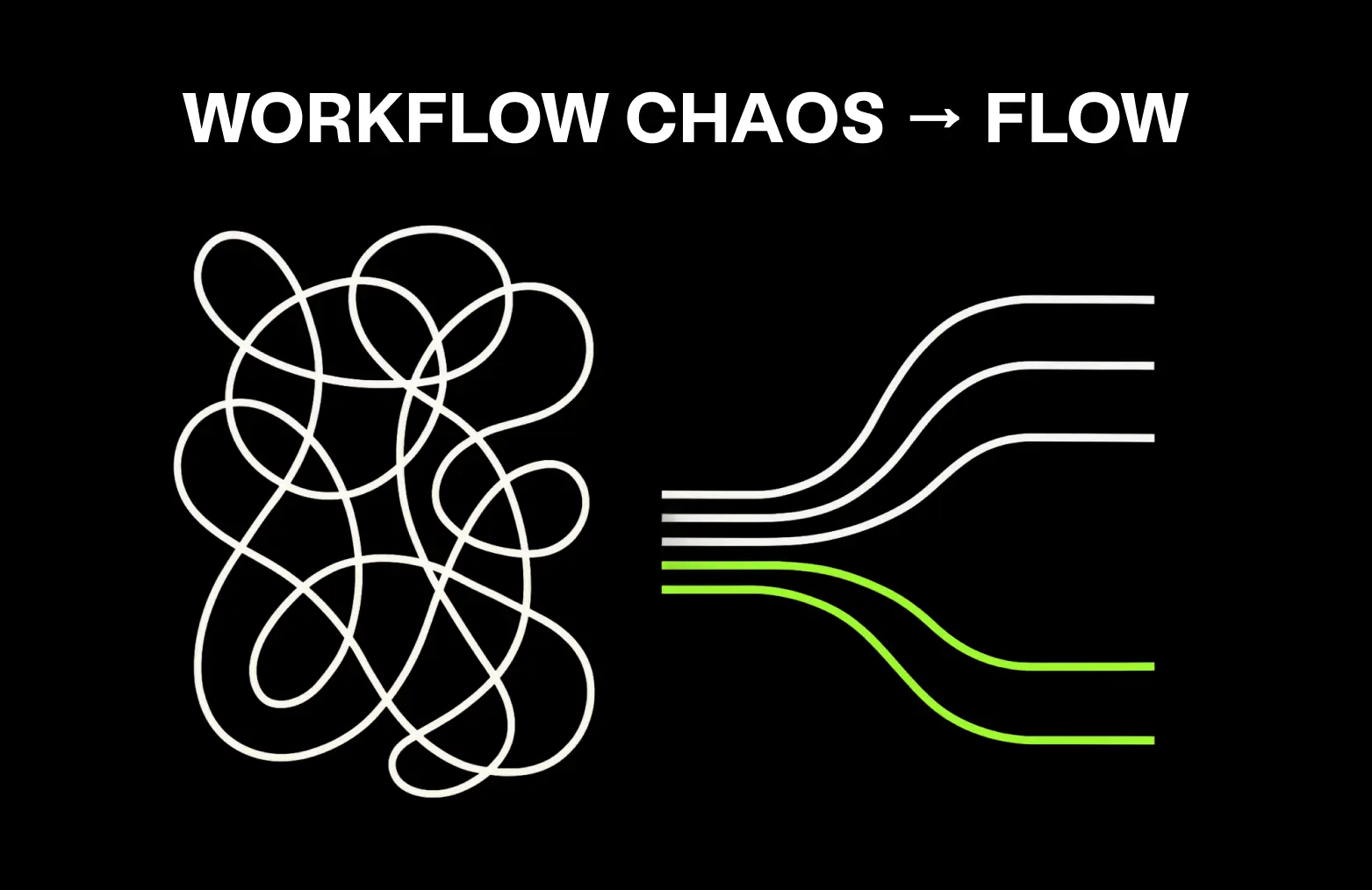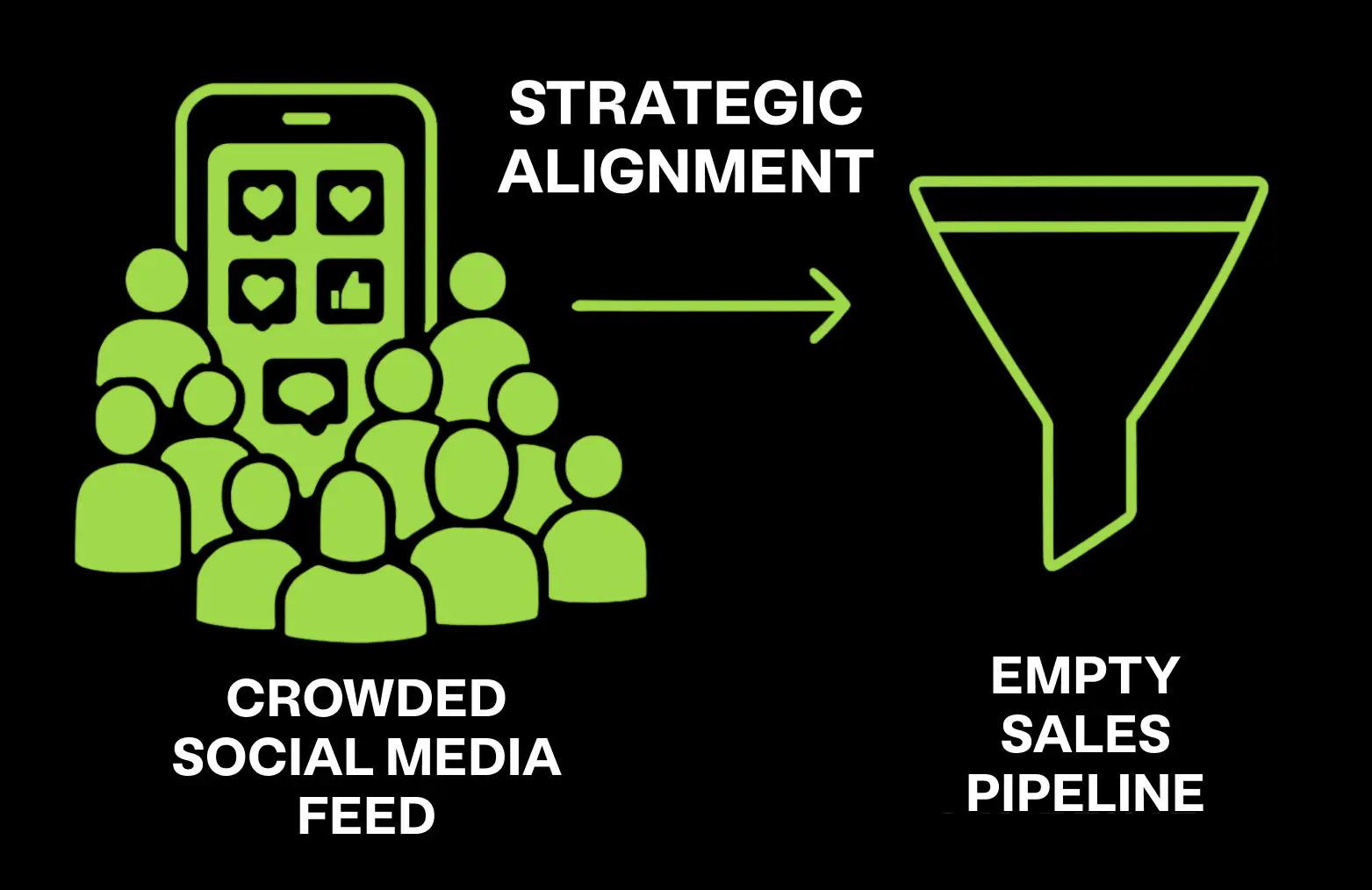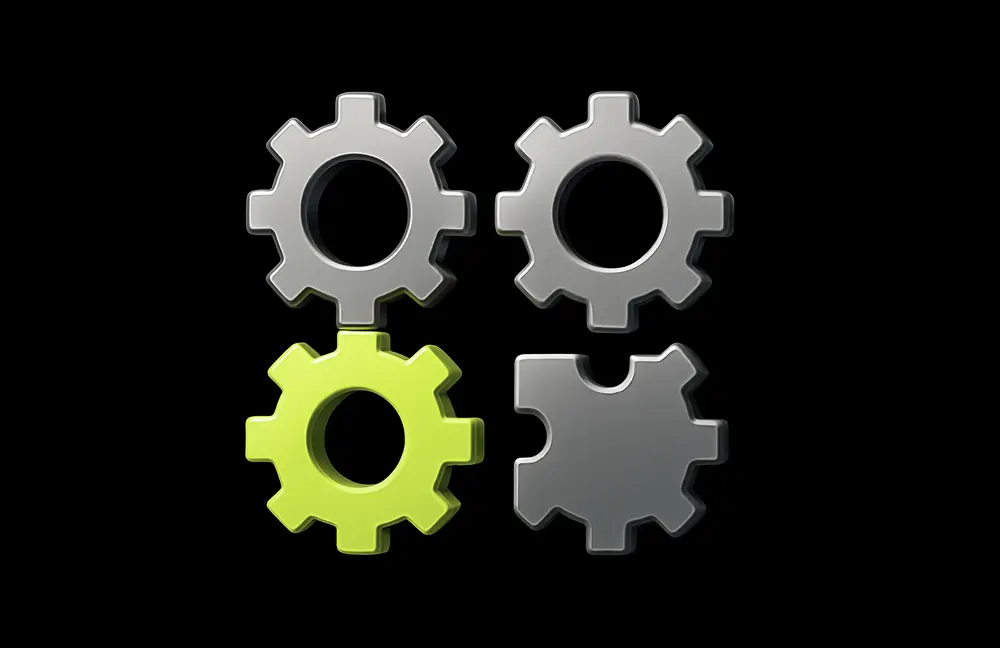Identifying broken workflows
You're working harder than ever. Nothing seems to move faster.
That's the clearest sign your workflow is broken.
It's not always obvious from the outside. But there are red flags you can't afford to ignore:
- Projects keep falling through the cracks
- Team members are unclear about who owns what
- You're doing the same manual tasks over and over
- Deadlines slip without explanation
- Customers complain about delays or abandon your process mid-stream
Sound familiar? The problem lives in your workflow.
The first step is getting brutally honest about where things break down. A basic workflow audit helps. Pick one process and trace every step from start to finish. See who's involved. What tools get used. Where issues keep surfacing.
You don't need specialized software. Pen and paper work fine.
Ask these questions:
- Where does this step get delayed?
- Are handoffs confusing people?
- Is any part of this process manual when it doesn't need to be?
- Does your team know exactly how this works?
The longer broken workflows stay in place, the more they cost you. You waste time. Lose energy. Risk burning out your team.
It messes with your customer experience too. People notice when things don't run smoothly, even if they can't articulate why.
Getting ahead of this is non-negotiable if you want your business to feel effortless for both you and the people you serve.






